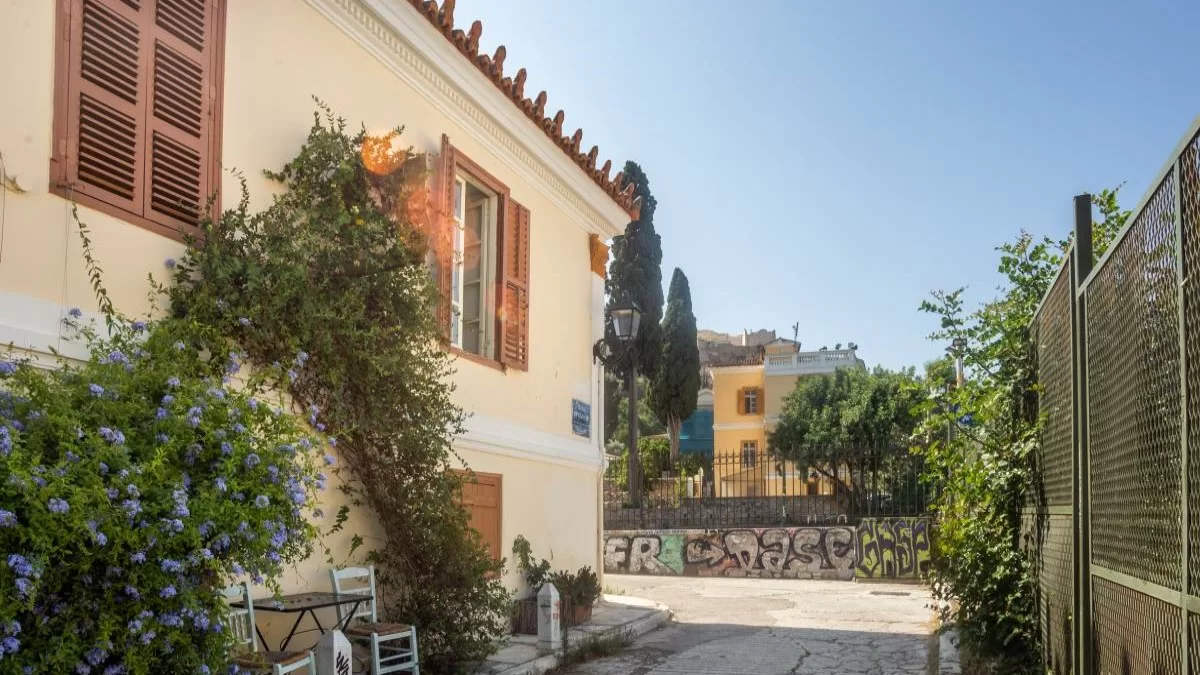Vrysaki was a wonderful, now forgotten, quarter at the foot of the Acropolis that was demolished to reveal the Ancient Agora.
On Hadrian’s Street and opposite Dioscoures there is a very small alley called Vrysakiou Street. In that spot, there used to be a lovely picturesque neighborhood that was demolished in order to reveal the Ancient Agora.
Many of the most important archaeological monuments of Athens, which are a landmark for local and foreign visitors and a reference point of the culture and history of Athens, such as the Ancient Agora, the Attalos Stoa, the Odeon were buried under houses, streets, shops and churches that all together had made up one of the most beautiful neighborhoods of Athens, Vrysaki.
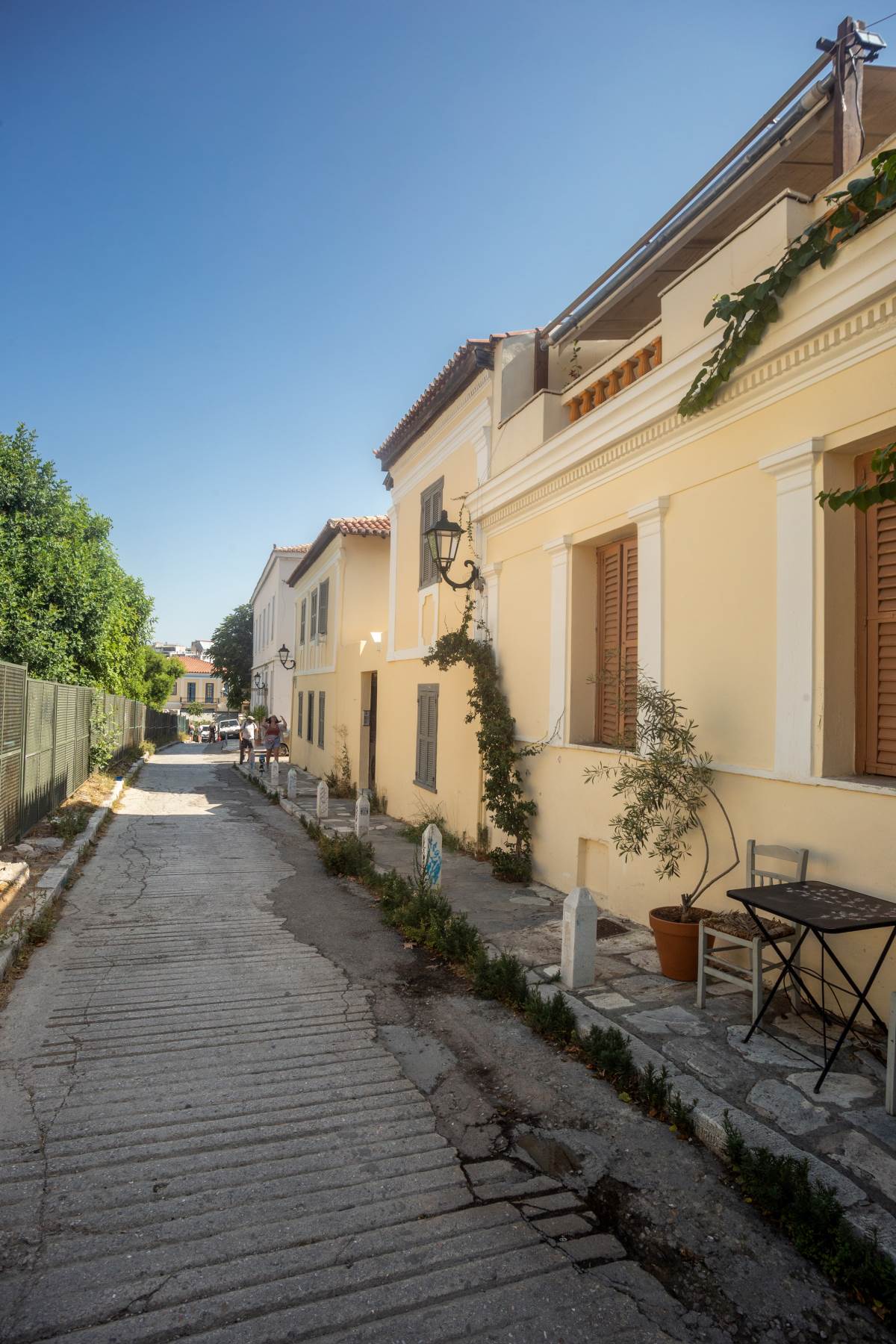
Vrysaki under the Acropolis was a lively neighbourhood with about 300 inhabitants and around 80 houses, which together formed a small community with close ties that celebrated, partied and lived in the period 1931-1939, when everything was lost.
Vrysaki, along with its houses, streets and churches, was demolished to reveal the Ancient Agora, one of the most important excavations of the 20th century, which began in 1931.
Vrysaki had two large squares, the Thiseion Square, named after the neighbouring Thiseion temple, and the long square of the Stoa of the Giants, created because of the excavations around the colossal statues.
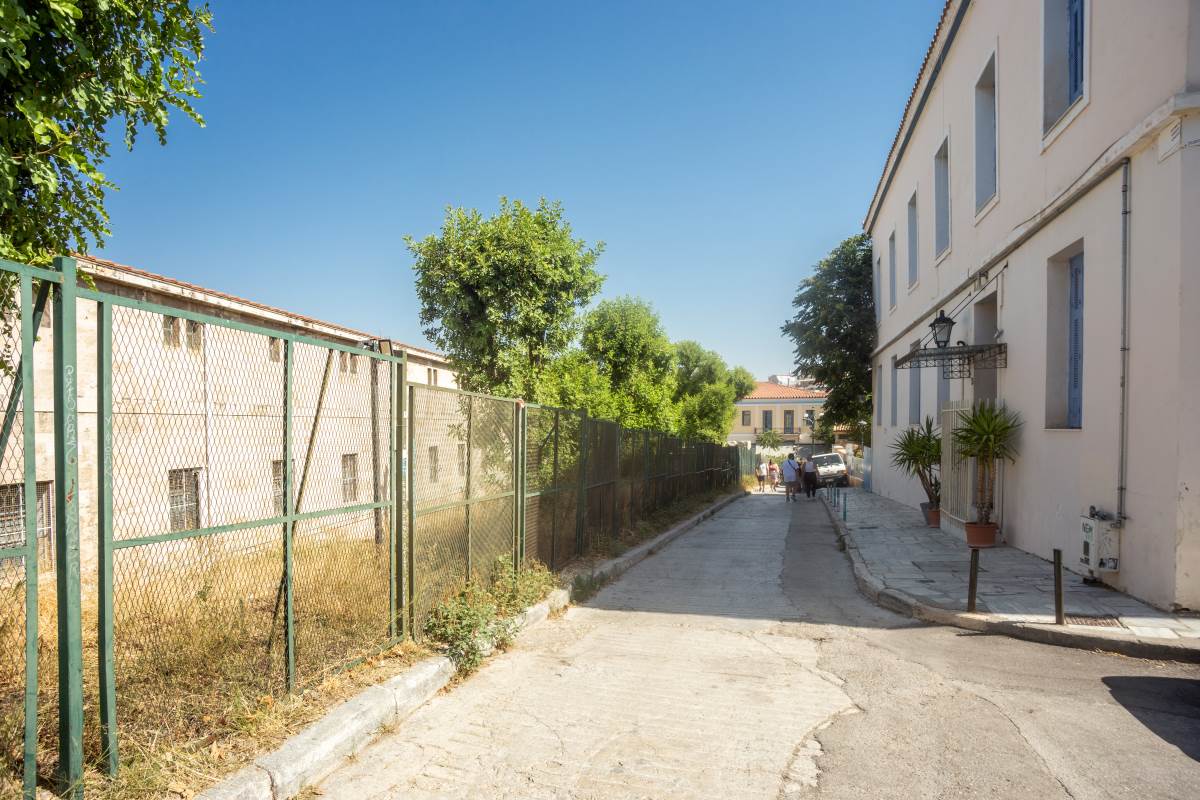
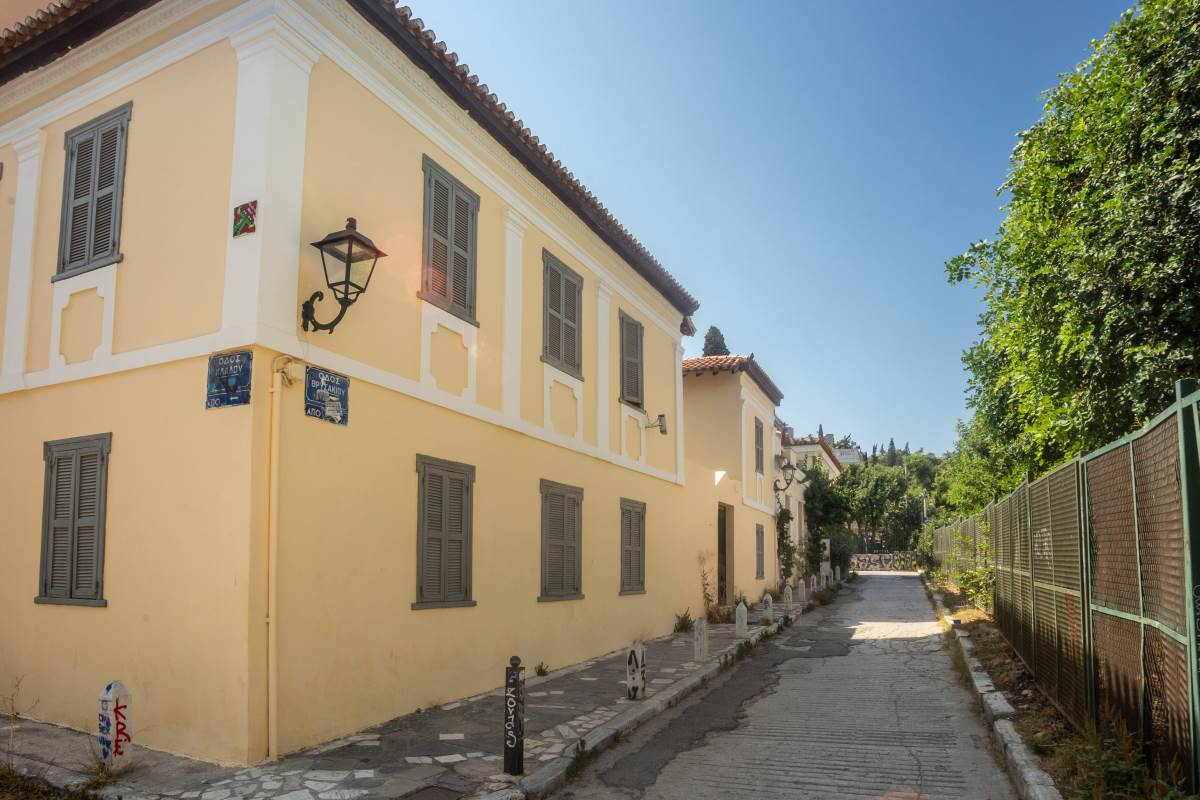
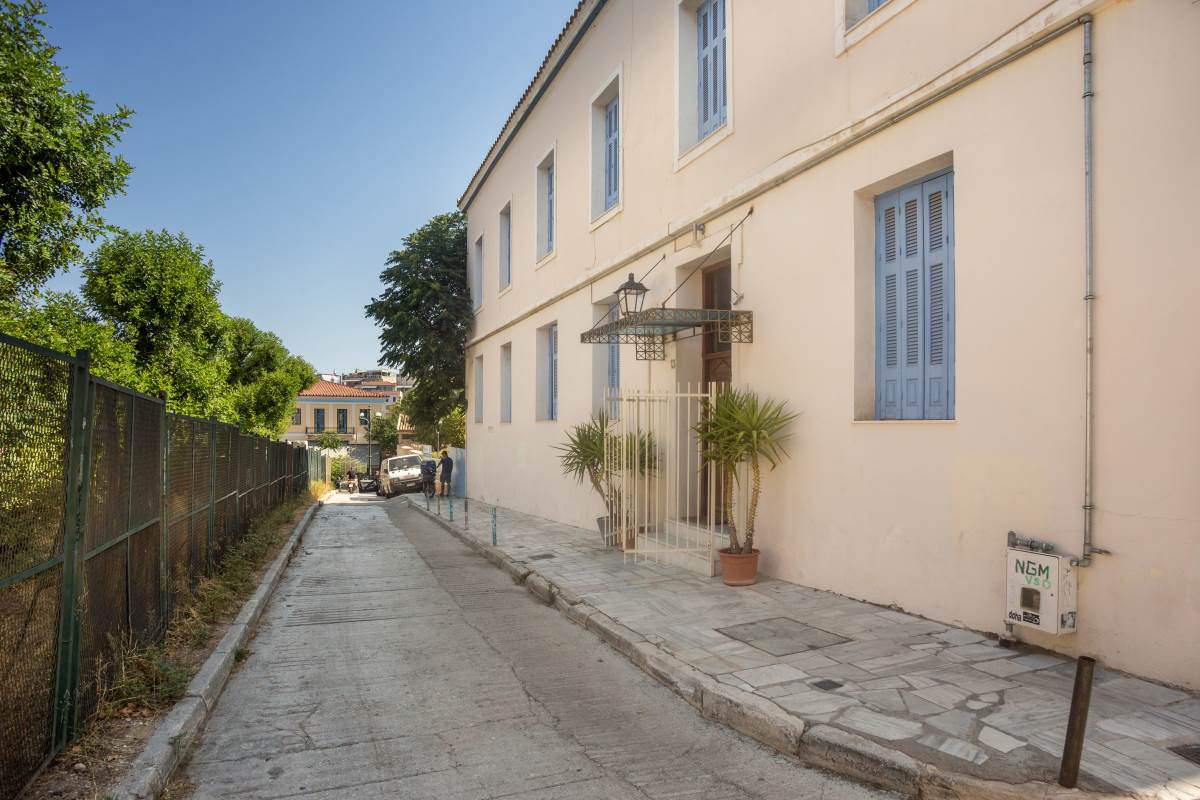
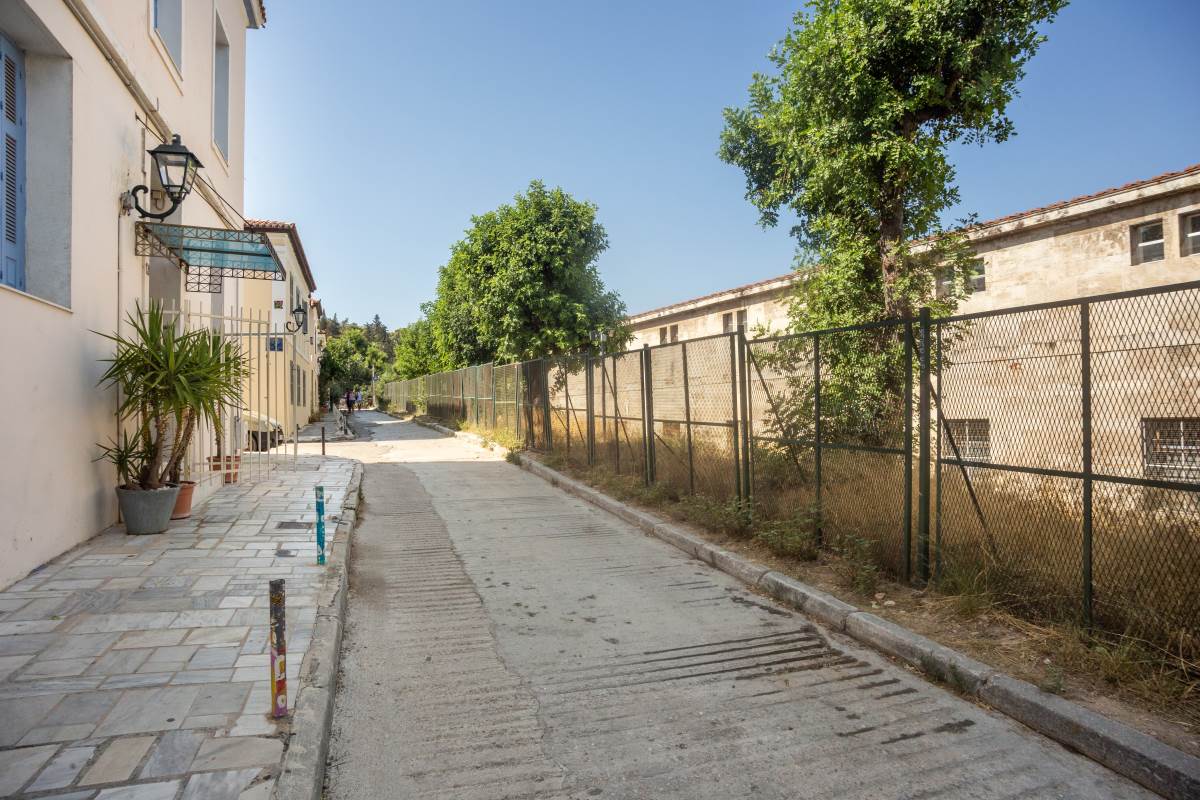
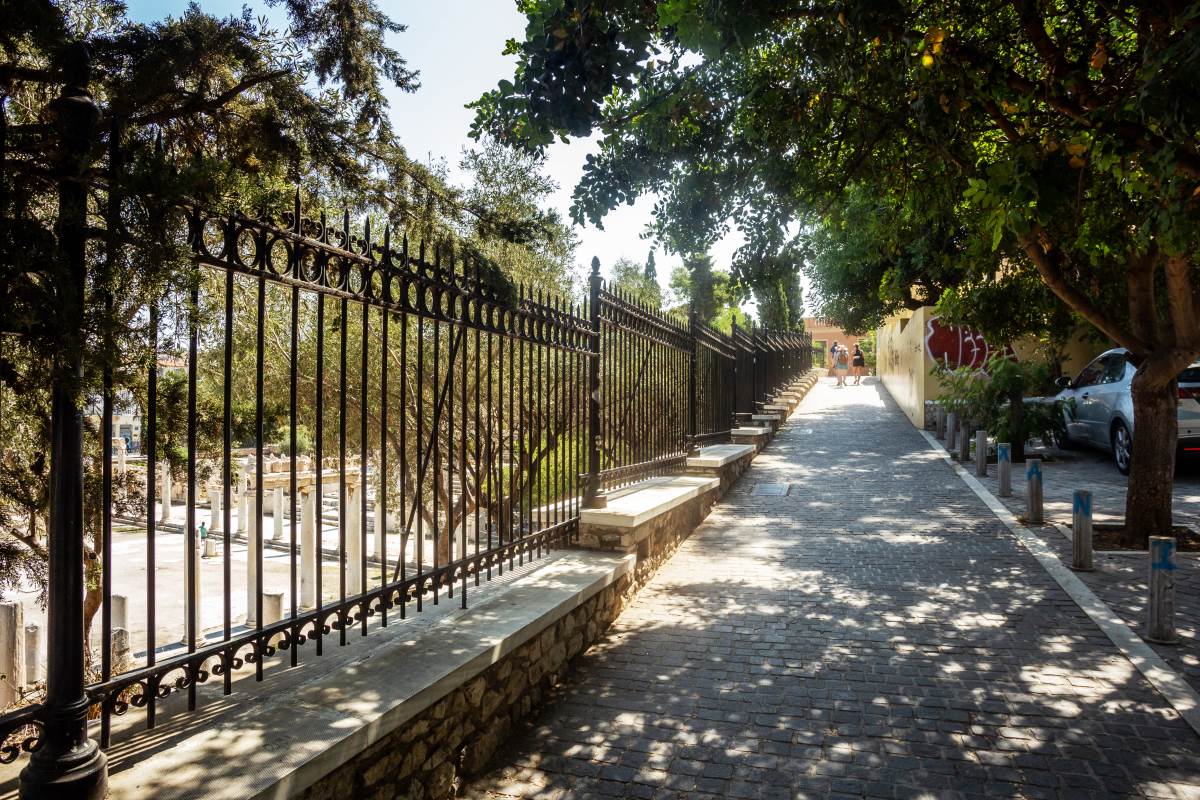
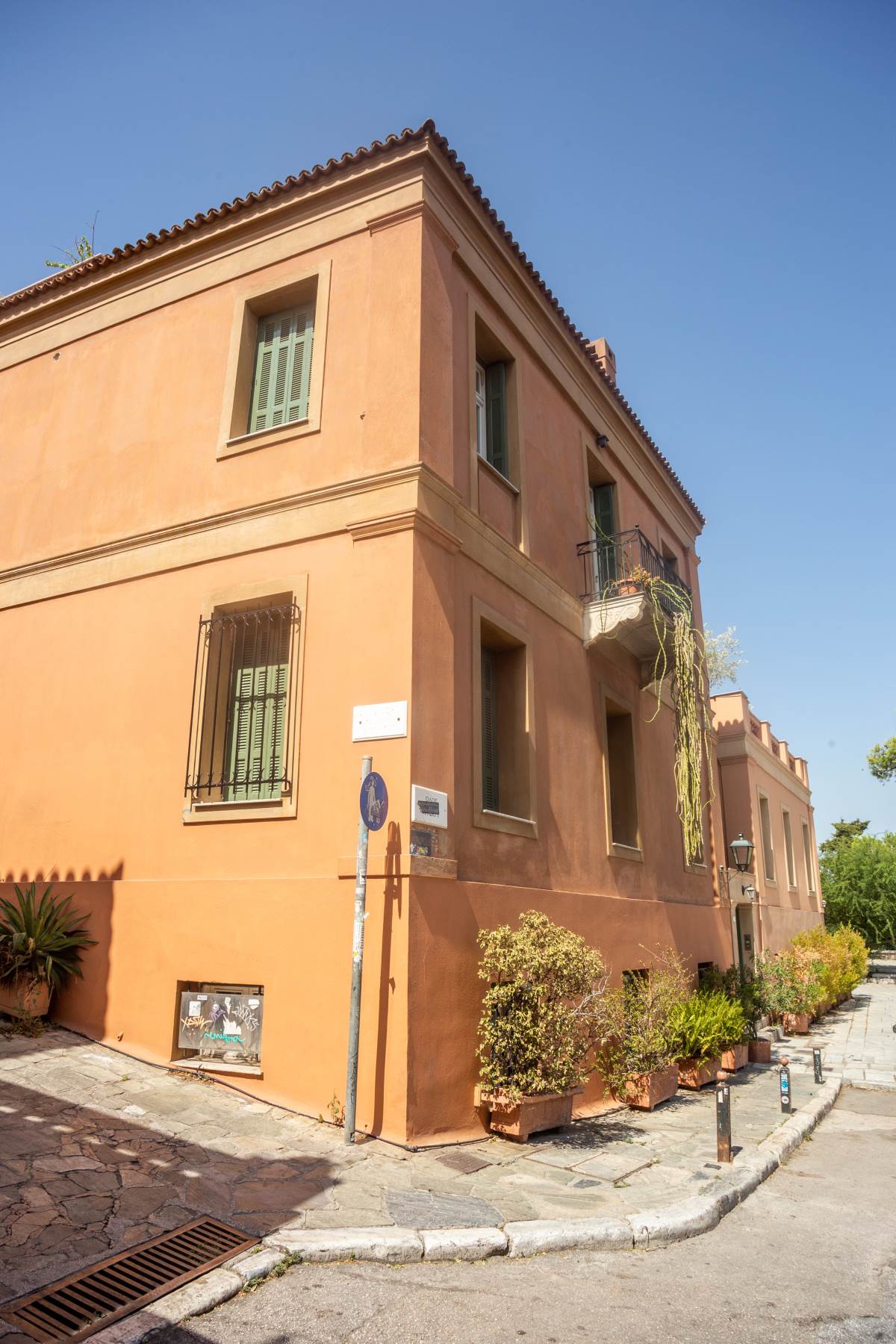
The chapel that survived
Vrysaki had three large churches, the names of which identified its three small neighbourhoods: The Holy Apostles of Solaki, Agios Philippos and Panagia Vlasarou. The Athens Court of First Instance was erected in this last one in 1834, and shortly afterwards the Supreme Court was established here.
The Holy Apostles of Solaki is a stone Byzantine tiled chapel in the Ancient Agora, making many people wonder in which way it is connected with antiquities. It is what survived the demolitions and is one of the oldest churches in Athens.
It was probably built around the 10th century and was excluded from the demolitions because of its architectural peculiarities, which place it among the most interesting examples of the Byzantine period.
Neighbourhoods, hidden spots, traditional buildings and beautiful historic squares make up the history the city has to tell and reveal many secrets through the black and white photographs of another era!
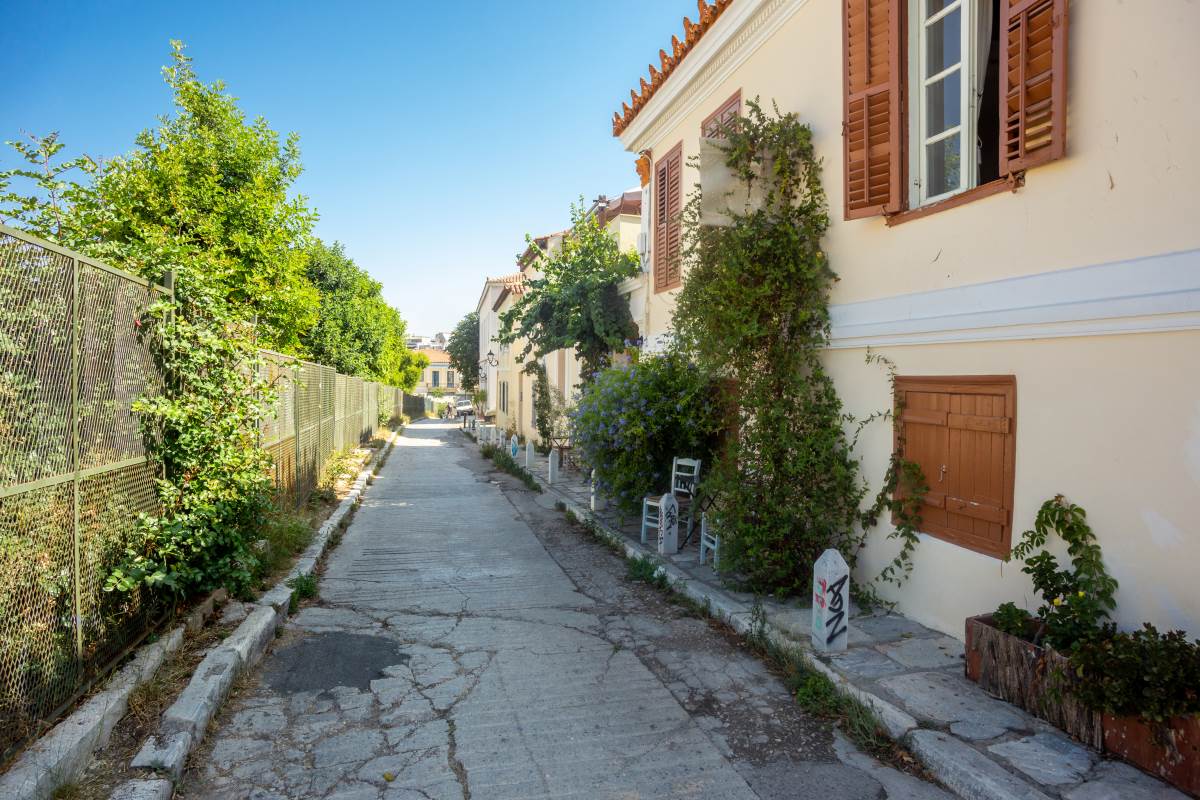
The Museum of Modern Greek Culture
The building complex of the Museum of Modern Greek Culture is located in this historic area. The main objectives of the Museum are the collection, recording, documentation, conservation, study and promotion of the documents of the modern Greek culture.
Its rich collections include about 25,000 objects from all over Greece (continental and insular), as well as from regions where Hellenism was active. The collections cover the period from the mid-17th to the 20th century.
Its permanent and temporary exhibitions highlight the elements that shaped the cultural identity of modern Hellenism.
The Museum is currently preparing its relocation to the block of Areos – Vrysakiou – Klados and Hadrianou Streets. Within the framework of the “ATTIKI” Regional Programme, the property complex of the Ministry of Culture and Sports is being restored, specifically in the streets mentioned in Plaka, for the installation of the Museum and the creation of a modern space, where the modern Greek culture is presented in a global way through the interpretive approach of the material and intangible cultural heritage.






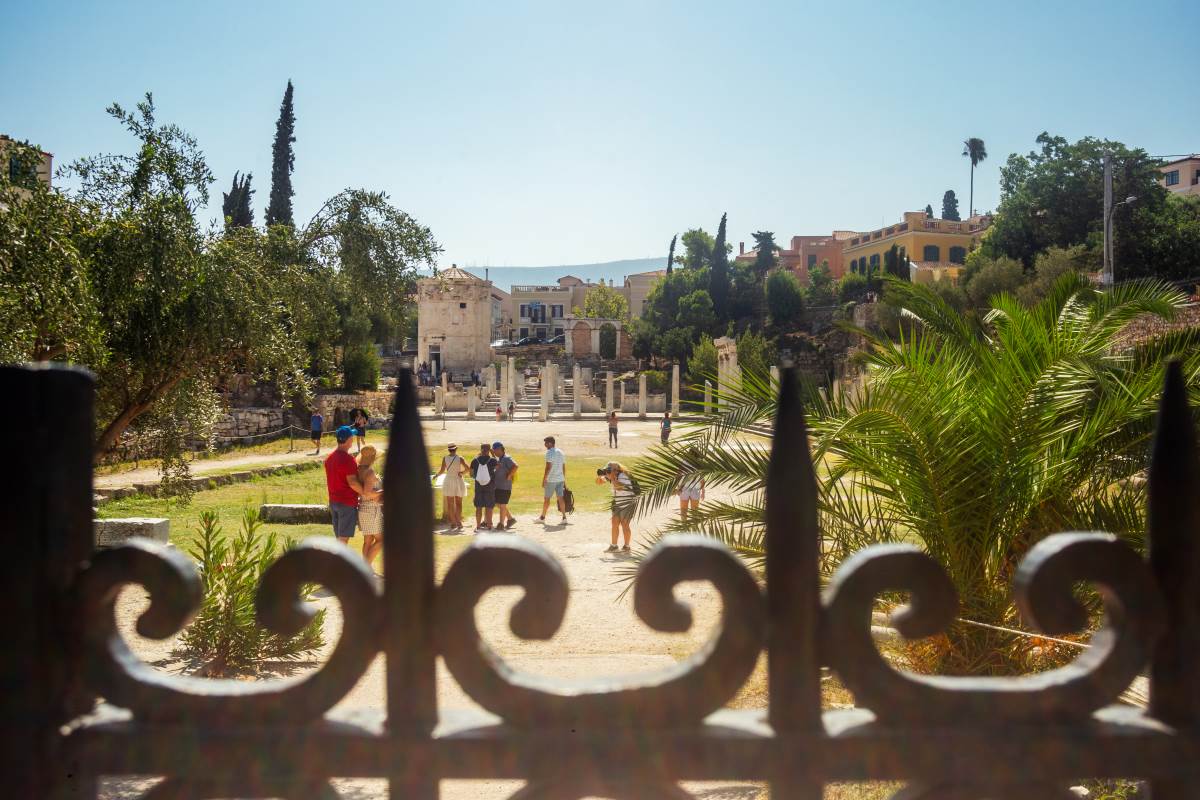
Due to the preparations for the relocation of the Museum, the following exhibition spaces are currently open:
· The building at 22 Panos Street, where the permanent exhibition of the Museum “People and Tools: Aspects of Work in Pre-Industrial Society”.
· The Bath of the Winds, the only one of the public baths of Athens that has survived to this day.
*The Tzisdarakis Mosque will be part of the new Museum and, for the time being, is not open to visitors.
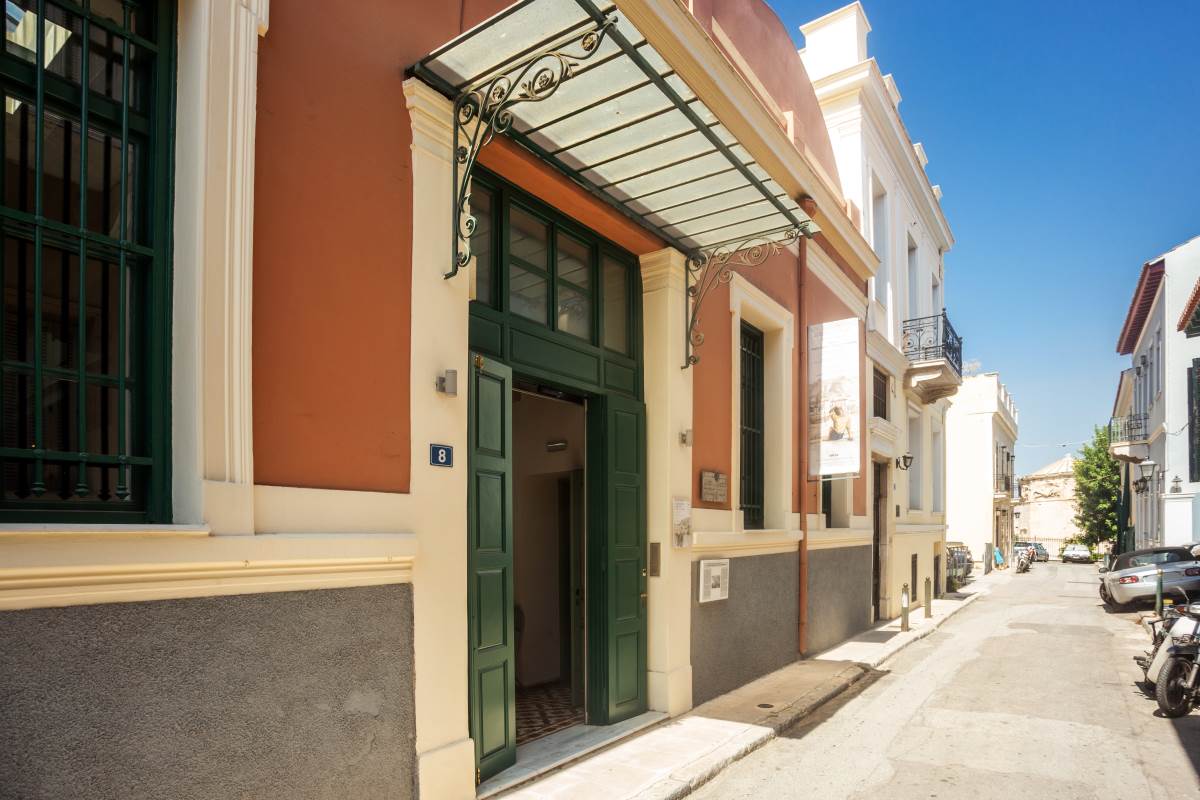
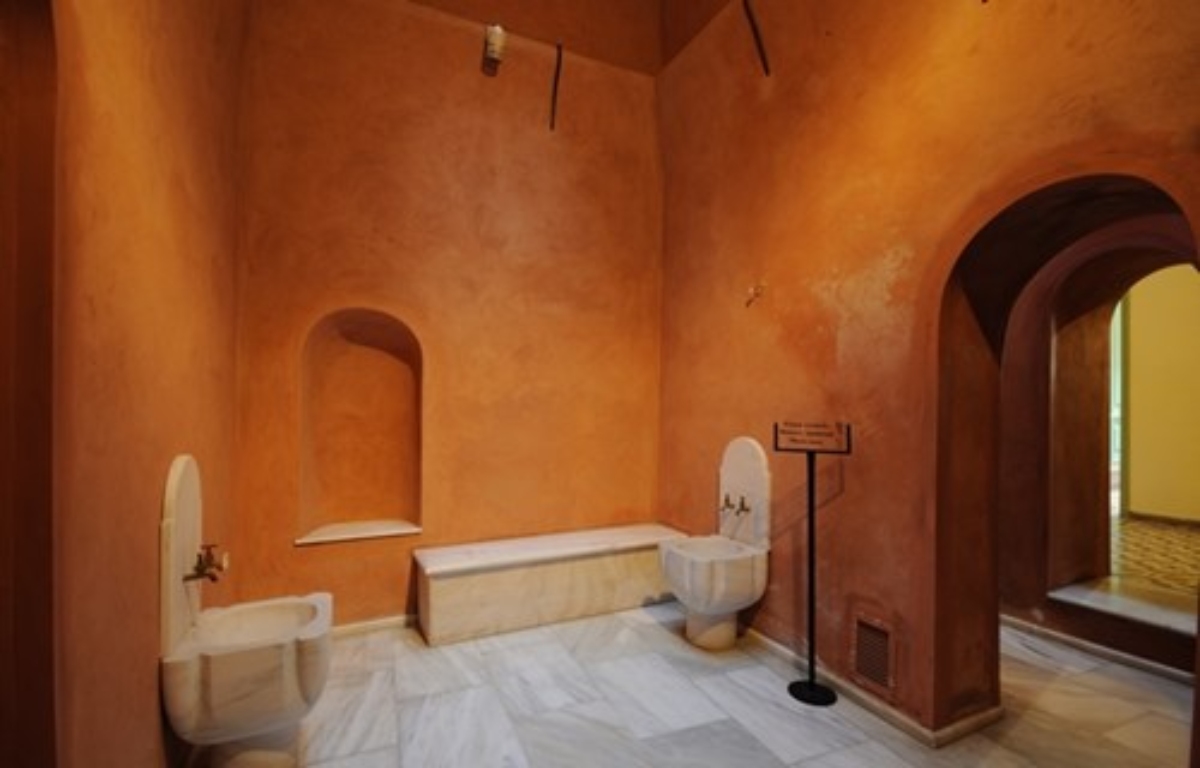
The Museum of Modern Greek Culture is one of the ten Public Museums in Greece operating at the level of a Directorate within the Ministry of Culture and Sports. Upon completion of the Act, a new Museum will be delivered, which incorporates the modern scientific trends of museology and covers the historical period of modern Greek culture.
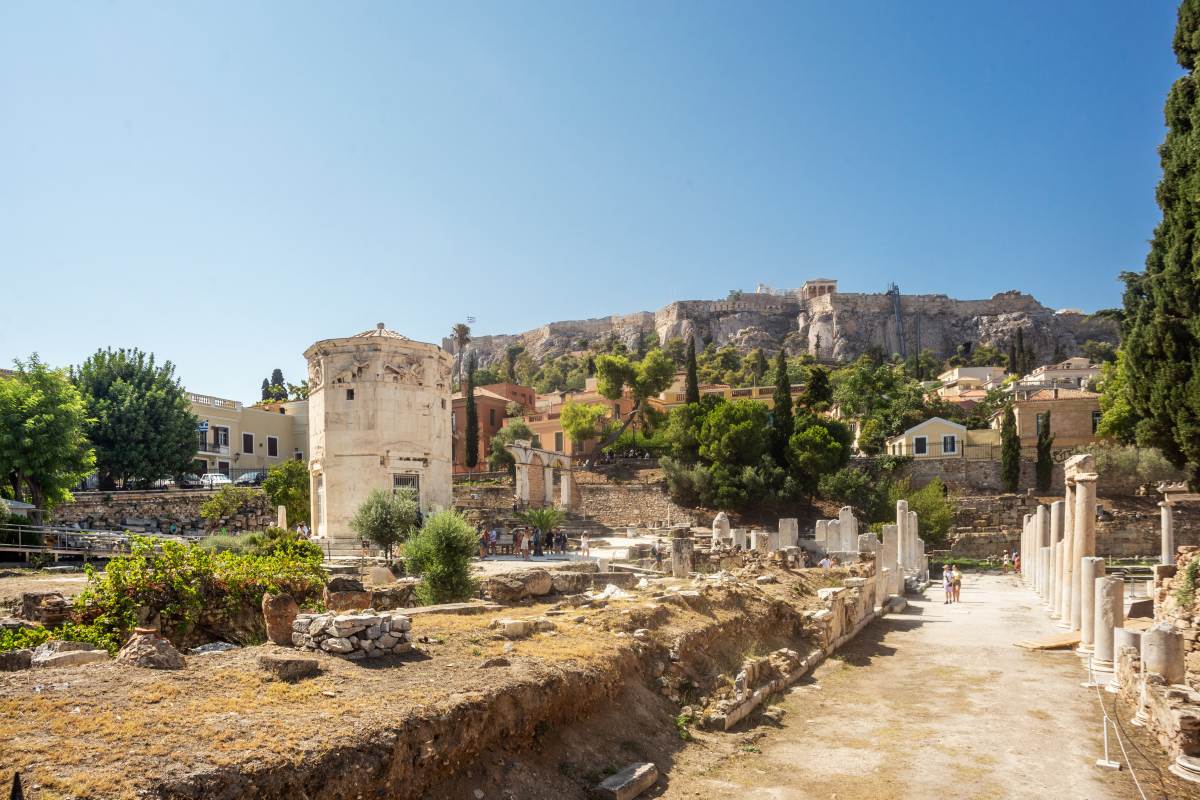
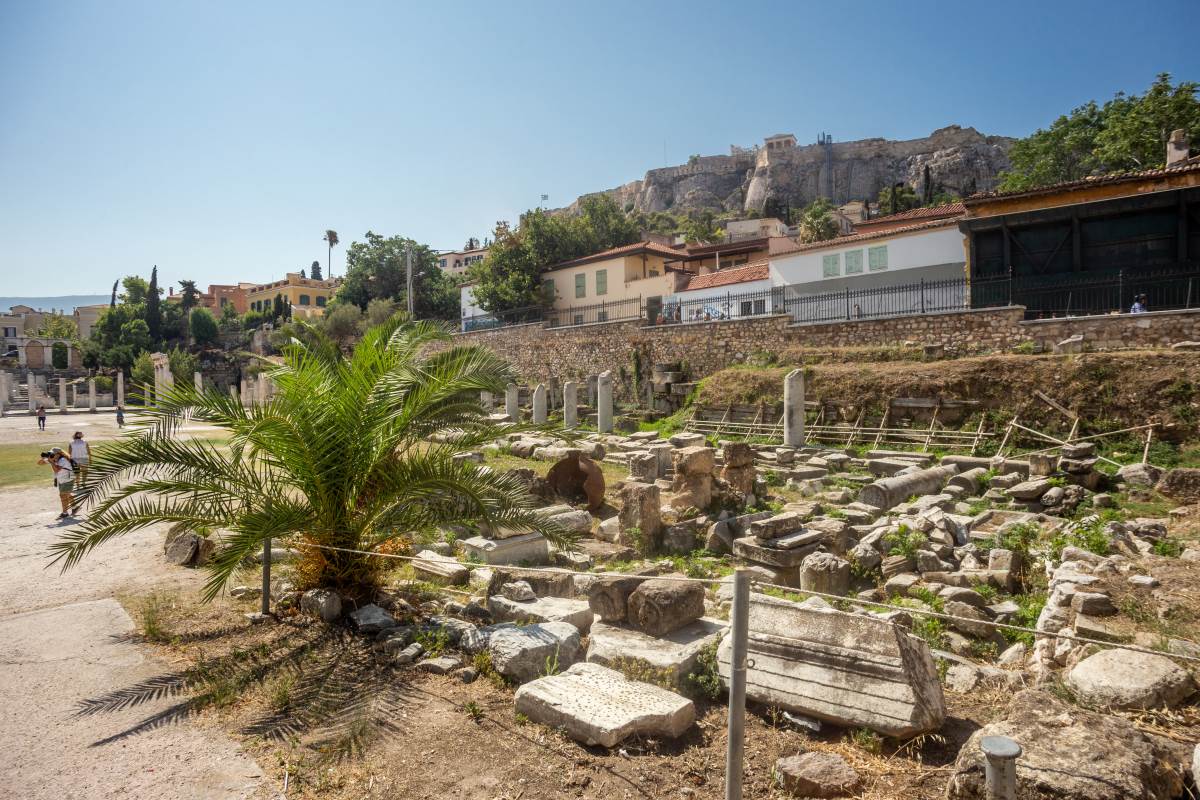
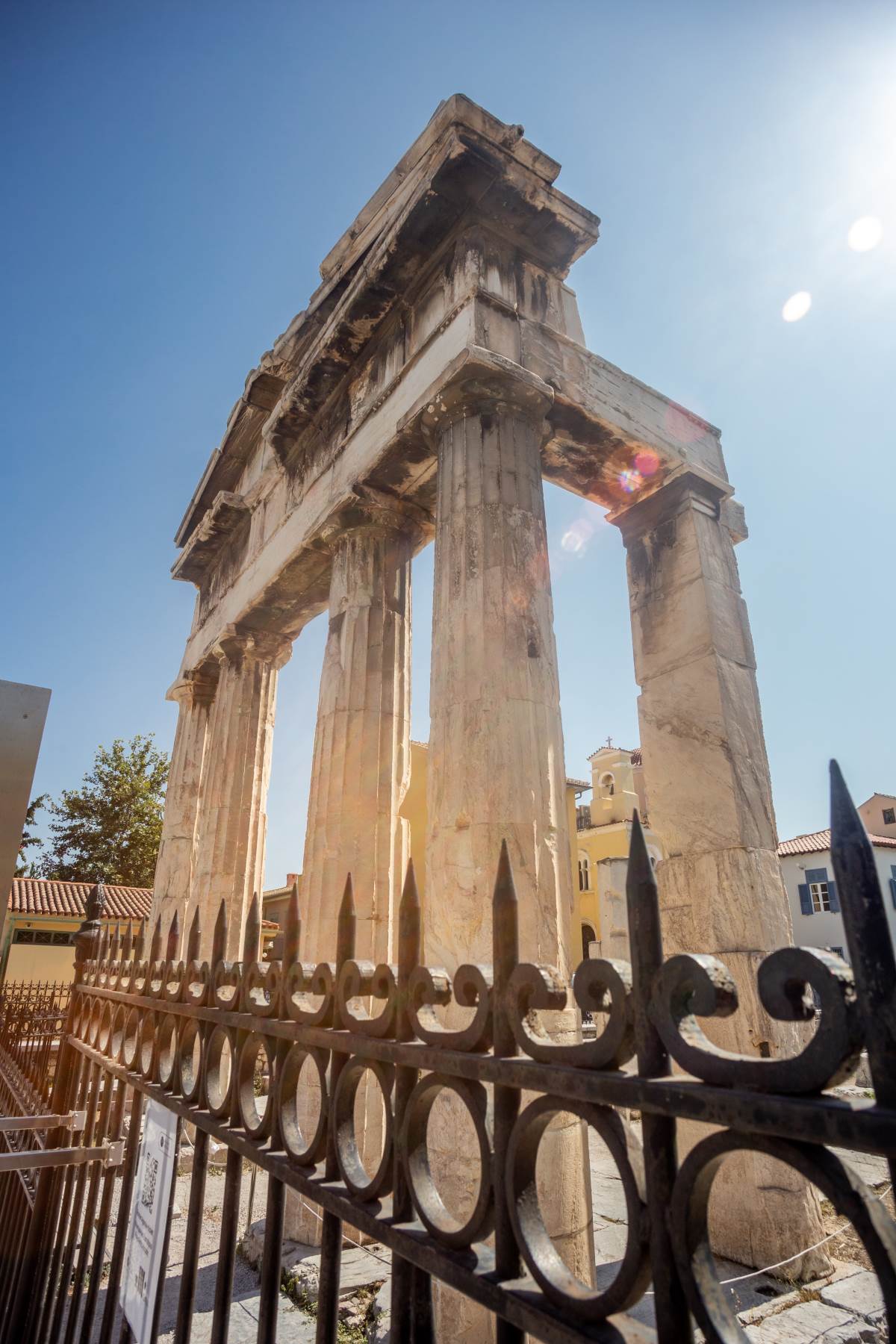
As the new Museum is located in the heart of the historic centre of Athens, in Monastiraki Square, the wider area is upgraded and becomes a pole of attraction for visitors to the city, providing multiple benefits to businesses operating in the area and improving the overall competitiveness of Attica as a tourist destination.
The project concerns the full restoration of the complex of properties of the Ministry of Culture and the surrounding area on Hadrianou-Kladou-Areos and Vrysakiou streets in Plaka for the installation of the Museum of Greek Folk Culture. In addition, the new exhibition of the permanent collections of the Museum of Modern Greek Culture, as well as the necessary supplies of display cases and other exhibition structures of the Museum of Modern Greek Culture, will be implemented.
Video – Photos: Kostas Kapareliotis / travelstyle.gr
